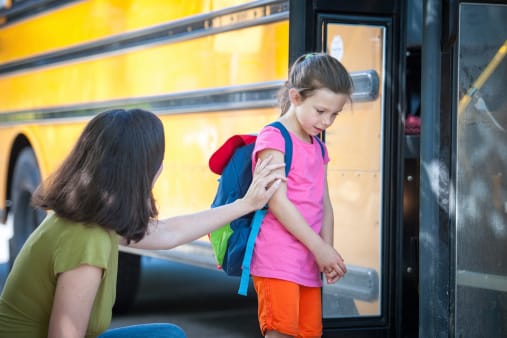continued from previous page
Have you ever heard of a situation similar to the Ryanair case (i.e. a suspected severe airborne reaction on an airplane)?
Dr. Greenhawt: I have had the opportunity to conduct two large studies of airline reactions, and reactions by inhalation were reported in both studies. Stories of similar types of reported reactions make the news from time to time, are reported to advocacy groups, or can be read about on the Internet. However, it is strongly felt that it is very hard to say with any certainty that the allergen in these situations was inhaled.
Again, there is no evidence to show that peanut or tree nut circulates in the air, as opposed to it quickly settling on surfaces. In such situations, it is likely that there is some unnoticed ingestion of settled dust on a surface through casual hand-to-mouth contact. This type of ingestion may be overlooked when potentially focusing on someone nearby who may be eating a nut-containing item, which may mistakenly be presumed by the passenger to be the trigger.
In my 2012 study, we actually showed a decreased risk of reporting an in-flight reaction associated with wiping down one’s seating area. We feel this is a simple, proactive, and effective strategy that removes residue, thus decreasing the chance of inadvertent contact leading to unnoticed ingestion. However, we also realize that many people still assume or report their child has had an airborne reaction, in spite of the available evidence that this is highly unlikely to occur.
Do you have any other comments about either case, or about flying with food allergies in general?
Dr. Greenhawt: I know that for many peanut- and tree nut-allergic individuals, flying may be a terrifying experience, one that may be avoided altogether. With any highly publicized food allergy incident, the natural tendency is to try to personalize the experience to your particular case. With this recent event, I think United Airlines should be applauded for how this incident was handled. The reaction was quickly identified, the crew involved, the child given epinephrine, and the flight diverted. They did everything they could to help this child, and the reaction resolved. Please keep in mind that diversion is not always necessary, even if epinephrine is given, and is ultimately the captain’s decision on a case-by-case basis.
With flying in general, we recently reported on eight behaviors that seemed to support a lower chance of reporting a reaction. The majority of those with peanut/tree nut allergy fly who do fly do so without incident, and that point that is often overlooked. There is not enough focus on how unlikely a reaction is to happen, especially if one takes the extra effort to be prepared:
1. Have your epinephrine, wipe down your seating areas (and other areas you may touch), bring only your own food and for accommodation, ask in advance.
2. Pre-identify yourself to the crew as this may help with accommodations. If your accommodation is not granted, don’t panic, and don’t argue (arguing with the crew never helps, and may lead to further negative confrontation). There are steps you can take to reduce risk that don’t impact other passengers or crew.
See also:
Air Travel & Allergies: 8 Factors That May Reduce Risk
Airline Allergy Policy Comparison Chart





